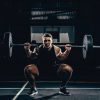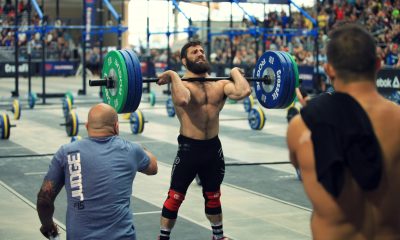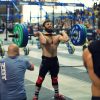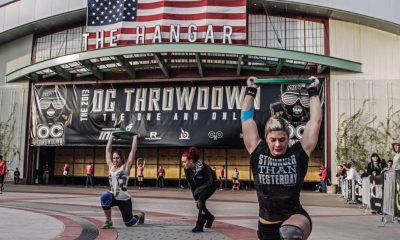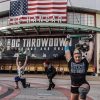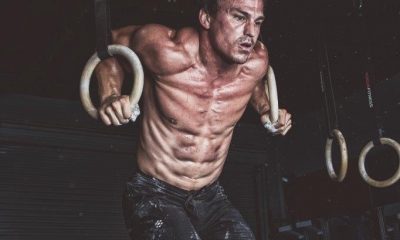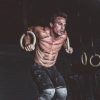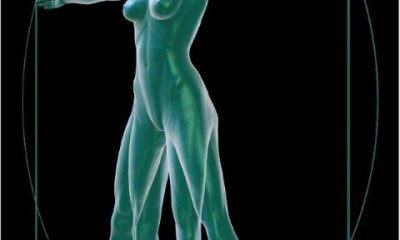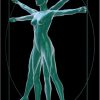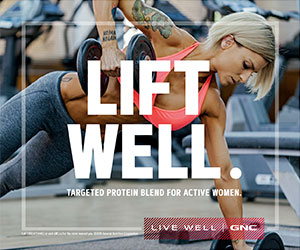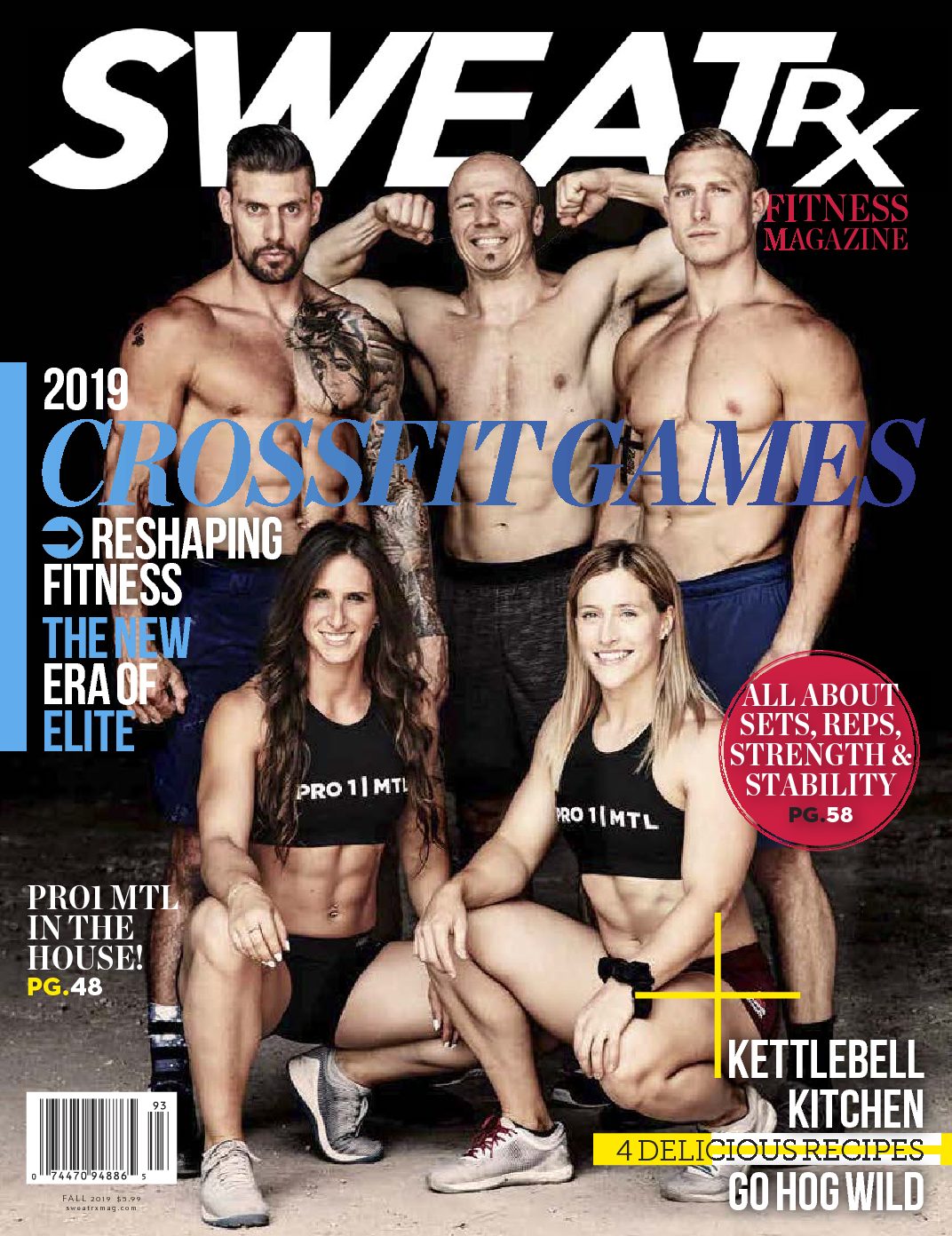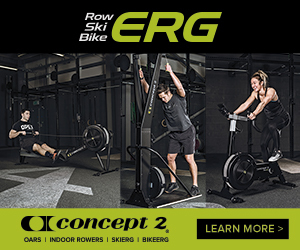Fitness
Mastering the one-legged beast
Pistols have both athletic and real-world applications. The fundamental skill they teach is exerting power through the entire range of motion of your stance, while on one leg. Whether running, jumping, or changing directions in an athletic competition, walking, sitting, or standing in your daily affairs, powerful legs enable us to do what we do better and with greater ease. The combination of skills that pistol practice develops simultaneously—balance, strength, endurance, flexibility, and coordination—make it one of the most useful and important exercises to learn.
How to do pistols
Stand on one leg, with the other leg out in front and parallel to the floor. Keep your hands at your side. Sit back and down, as if sitting in a very low chair. At the bottom of the position, your support foot is flat and your hamstrings/gluteals are resting on your calf. Although the description sounds simple, it’s actually a sophisticated motion to learn. Identifying the component parts of the pistol will assist you in eventually mastering this powerful movement.
Components of a pistol
Balance
Pistols teach what is referred to in martial arts as “rooting,” as in the roots of a tree forming a solid connection to the earth. Because we shift the body’s centre of mass over a narrow base of support, and for an extended range of motion, balance is challenged and trained in a dynamic way.
Flexibility
The muscles and joints of the legs, low back, hips, and ankles are required to work at the extreme ranges of motion, both in flexion and extension.
Strength
The powerful muscles of the glutes and thighs move the body weight through a narrow base of support, thereby recruiting tremendous stabilizer function in all the lower body joints; tension is maintained throughout the eccentric, isometric, and concentric portions. Muscles of the core are recruited to maintain balance and alignment.
Coordination
The neuromuscular system is challenged by the balancing, contracting, and stretching involved in pistol practice.
Focus/Mental Attitude
Concentration is needed to maintain control over the body.
Step 1: Learn to squat properly—deck squat (rock-up squat)
The pistol is a one-legged squat and follows the same mechanics as a regular squat. The difference is that a pistol is performed with a narrower base of support, thereby increasing the challenge to balance and flexibility. Before learning to squat on one leg, ensure you know how to squat correctly on two!
Step 2: Develop isometric strength at all angles throughout the range of motion
Practice moving back and down, sitting into the bottom position. If you feel unstable, hold onto the pole or inside of a doorway. Hold the bottom position with your heel flat.
Step 3: Build strength from bottom up
You may have the strength to press up from the bottom but have trouble sitting down. In this case, reinforce the strong part of the movement by doing concentric-only pistols for a few weeks. Just start from the bottom position and practice driving up forcefully through the heel.
The best way to master pistols is to start doing them. In my opinion, pistols are most useful as a bodyweight exercise, because most applications (sports, fall prevention, house work, etc) require the ability to control your own body at various velocities.




